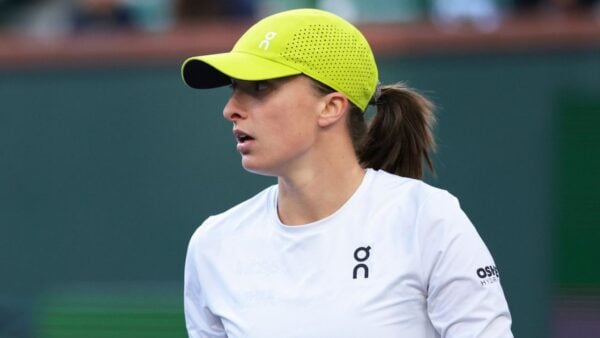FIFA to deploy new advanced technology to detect offsides at the 2022 Qatar World Cup

Using a limb-tracking video system, FIFA will implement new technology to enhance offside calls during the World Cup in Qatar this year.
FIFA announced on Friday that it is prepared to introduce semi-automated offside technology (SAOT), which employs multiple cameras to track player movements in addition to a sensor in the ball. SAOT will be used at the tournament to quickly display 3D images on stadium screens to help spectators understand the referee’s call.
For the third straight World Cup, FIFA is introducing new equipment to aid referees.
After a well-known officiating blunder in 2010, goal-line technology was prepared for the event in Brazil in 2014. In Russia, a video review system to aid referees in determining game-changing situations was implemented in 2018.
FIFA to detect off-sides with the help of technology:

Even if the 2018 World Cup avoided significant errors on offside rulings, the new offside system promises quicker and more precise choices than those now made with the Video Assistant Referee (VAR) system.
Since then, controversy has erupted in European competitions, particularly when VAR officials put lines over players on the screen for little calls. Due to the small margins, they have been called “armpit offsides” in-jokes.
Pierluigi Collina, who oversees FIFA’s refereeing program and officiated the 2002 World Cup final at an earlier age before technology, remarked, “Although these tools are extremely precise, their accuracy may be enhanced.”
12 cameras will be installed beneath the roofs of each stadium in Qatar, and they will be timed to track 29 data points upon every player’s body 50 times every second. Artificial intelligence is used to evaluate data and produce a 3D offside line that alerts the VAR officials’ team.
FIFA innovation director Johannes Holzmüller explained in an online briefing that a sensor in the match ball detects its acceleration and provides a more accurate “kick point” — when the pivotal pass is performed – to correspond with the offside line data.
It has long been an aim of FIFA to make sure that the largest soccer tournament is a showcase for technology advancement and steers clear of glaring mistakes that become part of World Cup legend.
The COVID-19 outbreak prevented FIFA from completing its drive to get the new offside technology ready for the World Cup. Live in-game experiments were conducted at the FIFA Club World Cup in the UAE in February and the Arab Cup in Qatar in December.







